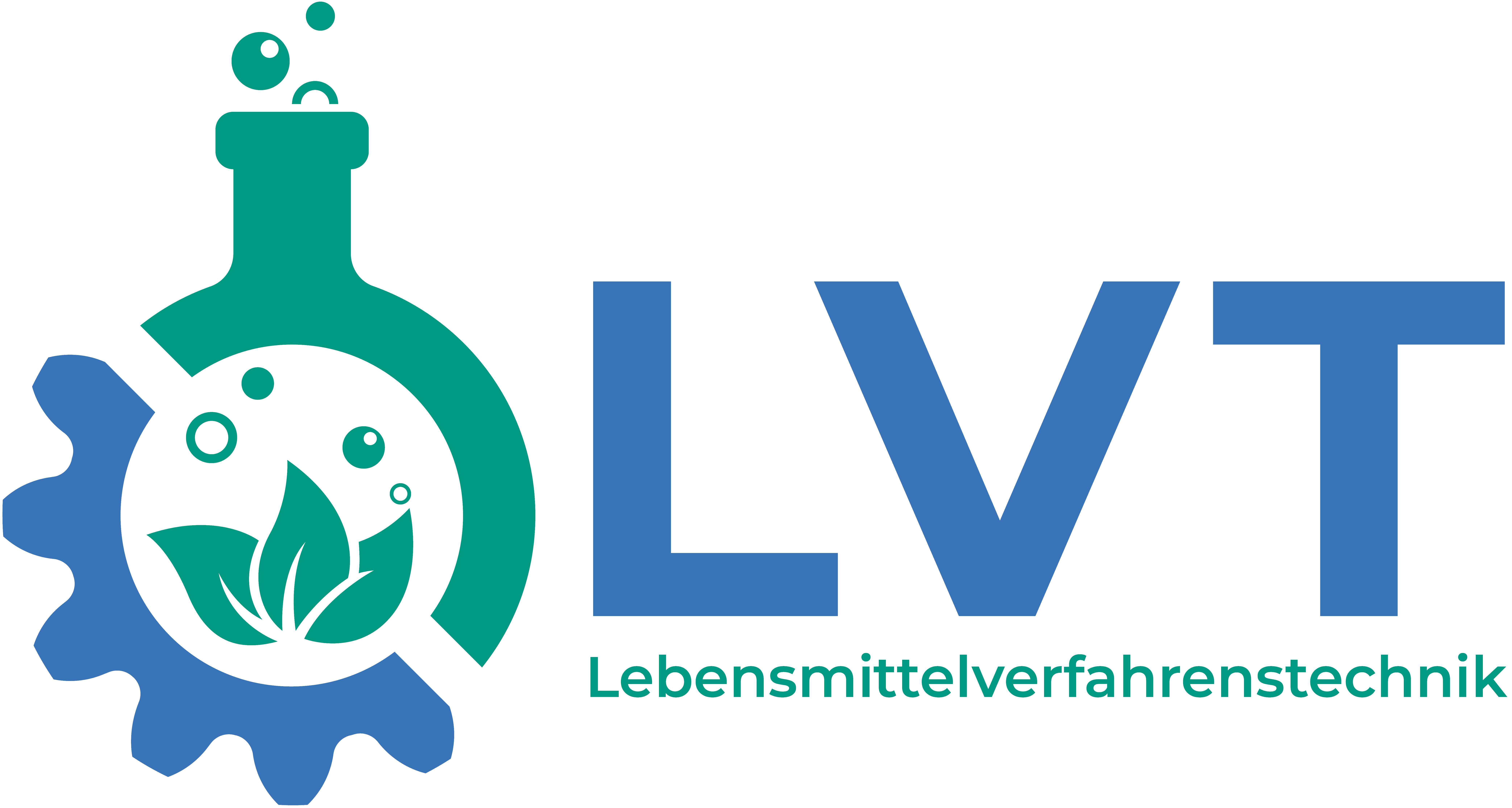AiF 20249 N: Designing the morphology of highly concentrated protein based extrudates through separate component treatment
- Ansprechperson:
- Starttermin:
2018
- Endtermin:
2021
The morphology of structured proteins is the crucial factor determining their properties and function in food. Anisotropic structures in highly concentrated protein systems, used in meat analogues for instance, can be created by processing plant proteins at high moisture in an extruder. Research on the topic has shown that a multiphasic system is inevitable for creation of these anisotropic structures. The multiphasic system has to consist of minimum two biopolymeric components (e.g. two proteins). Based on this knowledge, it is assumed, that the variation of structure and morphology of the components (native, partly structured, cross-linked) in their initial state (before addition to the extrusion process) can be used to influence and control the resulting product structure and properties. In this project, this will be done by a separate component treatment. The components are first structured and then brought together in the process, which allows to design structure and morphology of the components specifically.
This approach will be applied to the extrusion process. A plant protein, soy protein isolate, and milk proteins will be used as model proteins. Soy protein is used because of its relatively low reactivity at extrusion-like conditions. Milk proteins are used because of their ability to form diverse microstructures, depending on the treatment (heat, shear, acidity); the addition of animal proteins to plant protein based products also increases nutritional value by balancing the amino acid profile.
The aim of this project is to better understand mechanisms of structuring in proteins and to develop a process, that allows to design product properties by prestructuring of the biopolymeric raw materials. Therefore, morphology development in the highly concentrated protein systems will be investigated. Additionally, the flow characteristics will be determined by numerical simulation of the flow domain. To ensure a mechanistic insight into the process, first, different treatments of the milk proteins will be examined on their ability to create fibrous, fractal or spherical structures. The use of a closed cavity rheometer allows to resemble extrusion-like conditions with the application of well-defined thermomechanical treatment on the proteins and their mixtures. With this approach, information on process stability can be gained. This information will then be transferred to the extrusion process.

